Was There Ever a Trojan War?
Featured Article
This article was originally published on Ancient Origins Magazine (February 19, 2019).
The Iliad and the Odyssey are two of the oldest narratives to have withstood time. Accredited to Homer, these poetic verses have preserved memories from a bygone era of a golden age of heroes. It also preserves an event commonly referred to as the Trojan War, which is said to have taken place sometime in the 13th century BC. The Trojan War started as an expedition to reclaim Helen, wife of Menelaus, King of Sparta. Considered to have been the most beautiful woman in the world, Helen was seduced by the Trojan prince, Paris, and traveled to his homeland of Troy. She left her Spartan homeland and Menelaus behind. Enraged, Menelaus convinced his brother, Agamemnon the high king, to gather the Greeks and set sail for Troy and to retrieve his wife. A war ensued and lasted for 10 years. At least, that is how the Trojan epic depicts these events.
The Aftermath
Following the turmoil that ravaged the Eastern Mediterranean world during what academics call the Late Bronze Age, around 1200 BC, the landscape of the known world was irrevocably changed. At a steady pace, the Mycenaean palaces and outlying settlements in Greece were abandoned or destroyed, and by 1050 BC, all recognizable features of the great Mycenaean culture had vanished. A similar fate befell the opposing world superpower at that time. In Anatolia, not only had Troy fallen, but the mighty Hittite empire had collapsed, and its ruins left little proof of it ever having existed. Egypt was so weakened that it never again regained its former glory. The Near-East fell into a Dark Age, marking the beginning of a new era: the Iron Age. However, all was not lost, as with every passing comes a rebirth. Out of the ashes of the old arose new nations which would eventually define the Western World; nations that included Greece, Phrygia, the Neo-Hittites, Israel, and others. The Greek Dark Age essentially erased the Greeks from the historical record until the eighth century BC when they re-emerged on the stage of history, but this time outside the Greek mainland and rather on the Aegean and Ionian islands, Anatolia, Italy (Magna Gracia), Ischia, and Sicily. Prior to the disappearance of the Mycenaean Greeks in the Late Bronze Age, writing was practiced all over the Aegean world to record inventories and transactions. The Mycenaean script is referred to as Linear B; an adaptation of the earlier Minoan Linear A. Linear A and B comprise hundreds of signs that represent syllabic, ideographic and semantic values. To date, Linear B has been the only deciphered script (translated by Michael Ventris and John Chadwick between 1951 to 1953), providing insight into the more archaic form of Greek spoken by the Mycenaeans. It would take centuries before the Greeks rediscovered writing. The earliest known and yet fragmentary Greek inscriptions have been dated to the eighth century BC. It is generally believed that the Greek alphabet was adopted and adapted from the already present Phoenician alphabet, in Euboea - the second largest Greek island in the Aegean Sea - as archaeology seems to showcase that this region of Greece was one of the first to recover from the preceding Greek Dark Age. This adaptation of the Semitic script was the first alphabetic writing system that was not abjad (or consonant only); introducing vowels.
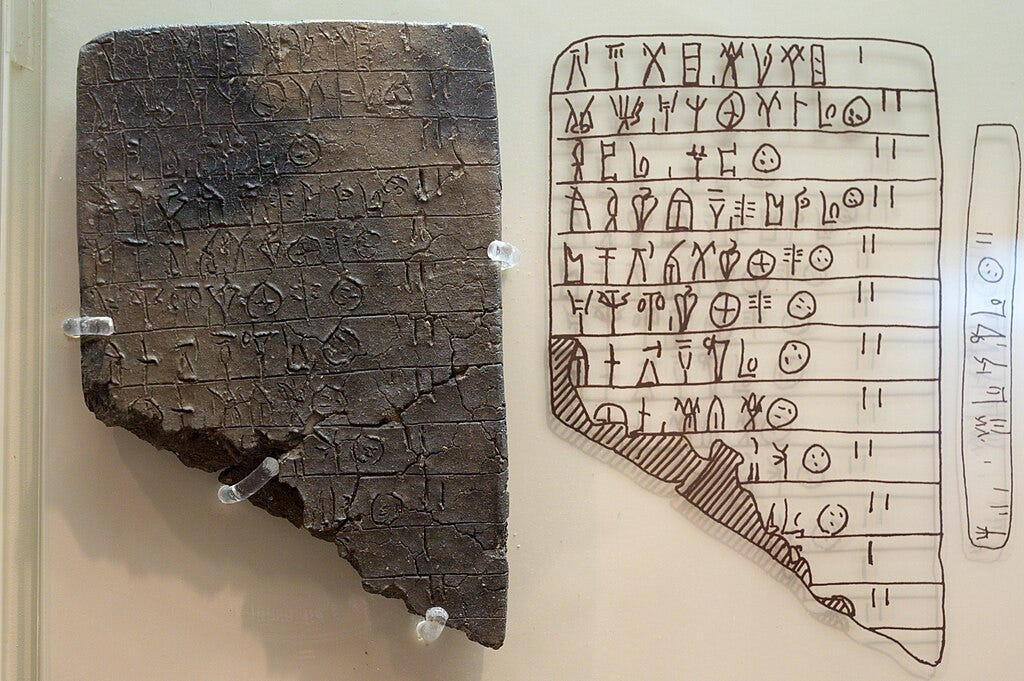
It is this modified script that spread across the entire Mediterranean, used by the Phrygians, Lydians, Lycians, Carians, among other Anatolian nations in the East and by the Etruscans residing in Italy to the West. This modified script would later inspire the Latin character set utilized by the Romans.
Who Was Homer?
Returning to Homer, scholars continue to debate his existence. He has been dated to the Greek Archaic Period in the eighth century BC. Whether he existed or not is not the focus of this discussion, but one thing is for certain, as is evident by his work, he was a poet; a traveling bard who sang these verses most likely to the tune of a lyre. It was through poetic verse and the use of repetition that the poet was able to maintain an almost consistent and fluid narrative in every performance. The oral composition of the Iliad and Odyssey would predate Homer as its themes and events would have been passed from generation to generation until it arrived in Homer’s repertoire.
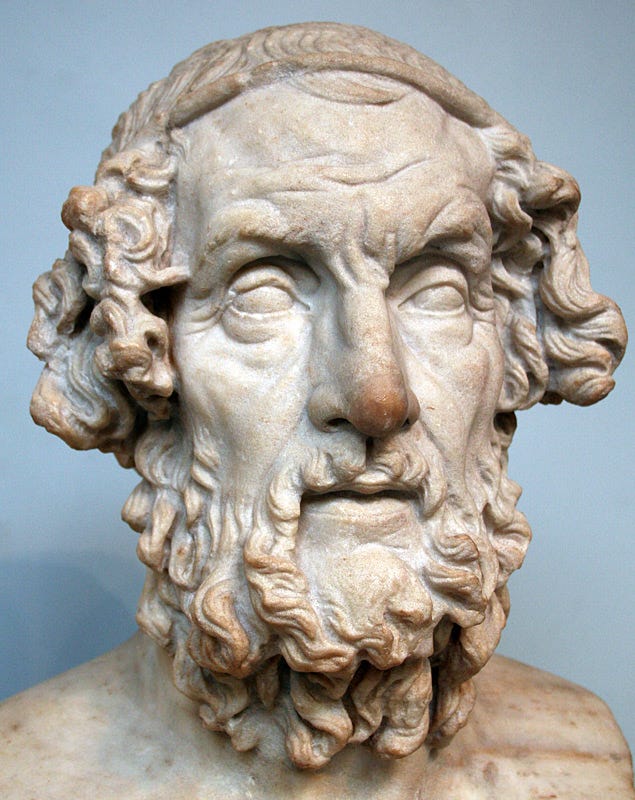
Fact and Fiction Intertwined
How could so many historical events form the single myth known as the Trojan War inspire Homer to sing of it in the Iliad and Odyssey? To quote Harvard classicist Gregory Nagy: “In general, we do not find that historical facts are the kernel of myth, but that myth organizes historical facts.” Since myth can use history, it would organize these events to form the Iliad (and the Odyssey); thus, orally preserving historical details and sung about for generations. With each telling, the bard reciting the Iliad and Odyssey, inspired and guided by the Muses, would allow various elements of these epics to evolve, coloring the now long-gone era to sound that much more captivating. The role of the bard was to entertain. Was there ever a Trojan War? Did the almost legendary battle fought between Greeks and Trojans ever take place? This question continues to go unanswered by the academic and archaeological world. If one reads from Homer and the later composed Epic Cycle, the literature would indicate that it did indeed occur, but can archaeology offer tangible proof on this matter? While one’s hopeless romantic side would like to be seduced by Homer’s tale, one needs to consider all the facts and history.
Uncovering Troy
Heinrich Schliemann, a wealthy entrepreneur by profession, spent his early retirement years discovering and excavating the sites of Troy (at modern-day Hisarlik, Turkey) and Mycenae (in the north-eastern region of the Peloponnese, Greece) during the late 19th century, albeit through unorthodox and disastrous methods. Schliemann was a simple man with a passion for Homer, but he was not a trained archaeologist. In 1868, he befriended the American vice-consul of Turkey, Frank Calvert, who himself believed that the legendary city of Troy lay hidden beneath the Classical Greco-Roman ruins at Hisarlik. Calvert had the location and Schliemann had the funding. The digging commenced and would continue for years. What was discovered was a complex multi-layered city that had existed from the Early Bronze Age and was eventually abandoned during the Iron Age. Each layer met its end in some form or another, be it earthquake or war, giving way to resettlement and new construction. During Heinrich Schliemann’s excavations and those by others that had followed, identifying Homer’s Troy became increasingly problematic. For instance, Troy Level VI matched Homer’s descriptions of a large and wealthy city with slanting fortified walls enclosing the citadel, but Level VI was destroyed by an earthquake circa 1300 BC. Troy Level VIIa (1230 to 1190/80 BC) did not seem as grand as the one described by Homer, but it did, however, fall to war. It also showcased evidence for a possible siege during which many inhabitants were forced to live in uncomfortable and cramped conditions for some time before eventually succumbing to their captors. It is unclear as to whether the opponents to Troy VIIa were Mycenaean Greeks or another group of Aegean peoples, based on the discovery of Aegean style arrowheads. Excavations at the site continued during the early 21st century. With each excavation, the site would reveal more clues, although there remained too many unanswered questions, which necessitates broadening the scope to search for answers.
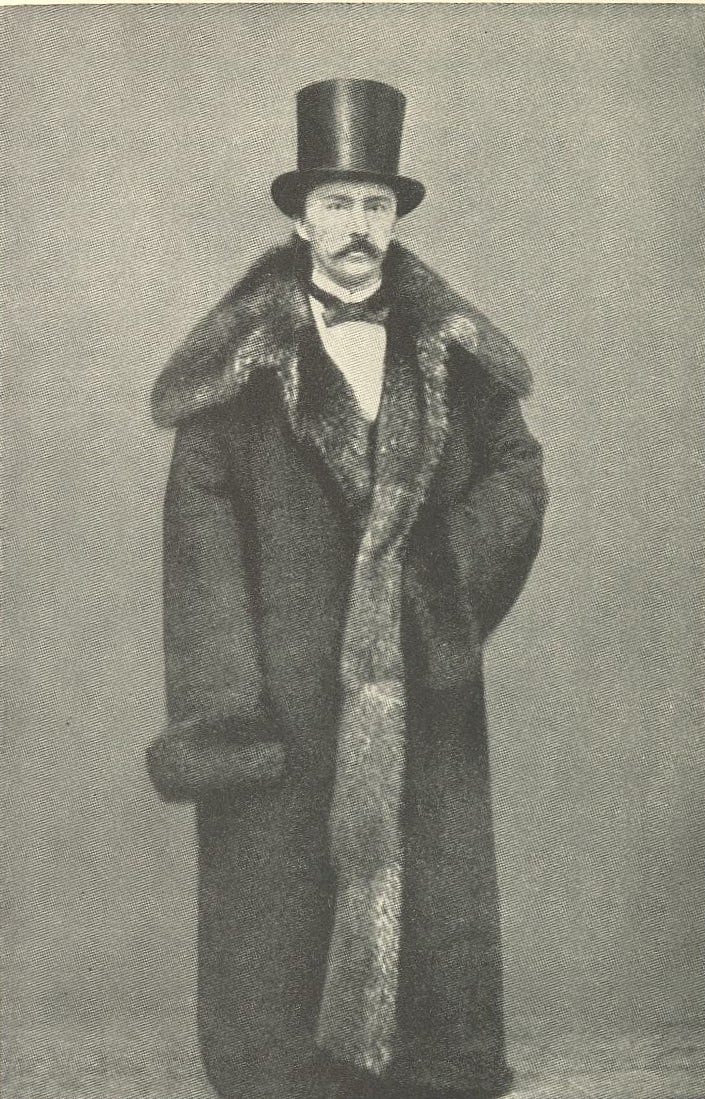
Hittite Tablets Rewrite History
To the east of Troy, the Hittite empire ruled over most of Anatolia from its capital centered at Hattusa, near modern-day Boğazkale (formerly, Boğazköy), Turkey. Discovered within the ruins of the mighty Hittite citadel were piles of baked tablets. Each written in a cuneiform script, but in what was at the time an undeciphered language, until scholars in the mid-20th century uncovered the Hittite language to be that of an early Indo-European type. With its code cracked, these tablets would rewrite the history of the Late Bronze Age. Recorded in these translated texts were activities and negotiations between two world superpowers, the Hittites and the Ahhiyawa. At first, the origin of the Ahhiyawa puzzled scholars but before long, they were to be identified as Homer’s Achaean, or the Mycenaean Greeks. From the 15th century BC to as late as the 12th century BC, the Mycenaeans were involved in assorted activities all along the western Anatolian coast, both for and in opposition to the Hittite empire. Another key piece of evidence is the mention of a small vassal kingdom located in the north-west of Anatolia routinely referred to as Wilusa. Wilusa was immediately identified with Homer’s Ilios, which was another name for Troy. These tablets would continue to provide a cast of characters which would later be reflected in the Homeric epic, such as Atreus, Alexandros (another name for Paris), and even a possible rendering of Priam. Here, one finally has evidence of Greeks on Anatolian soil, but can one pinpoint Homer’s Trojan War? Sadly, no. At least not yet. The destruction of Troy layer VIIa fits well into Homer’s timeframe and while it yields evidence for its end being the result of war, again, one cannot appropriately place the Mycenaeans as the opponent. What one does find, however, is Mycenaean pottery dating up to the end of layer VIIa. As for the Hittite tablets, most of these texts date generations earlier, which also coincides with Troy layer VI, reiterating the note from earlier that this layer ended from an act of mother nature, that is, an earthquake.
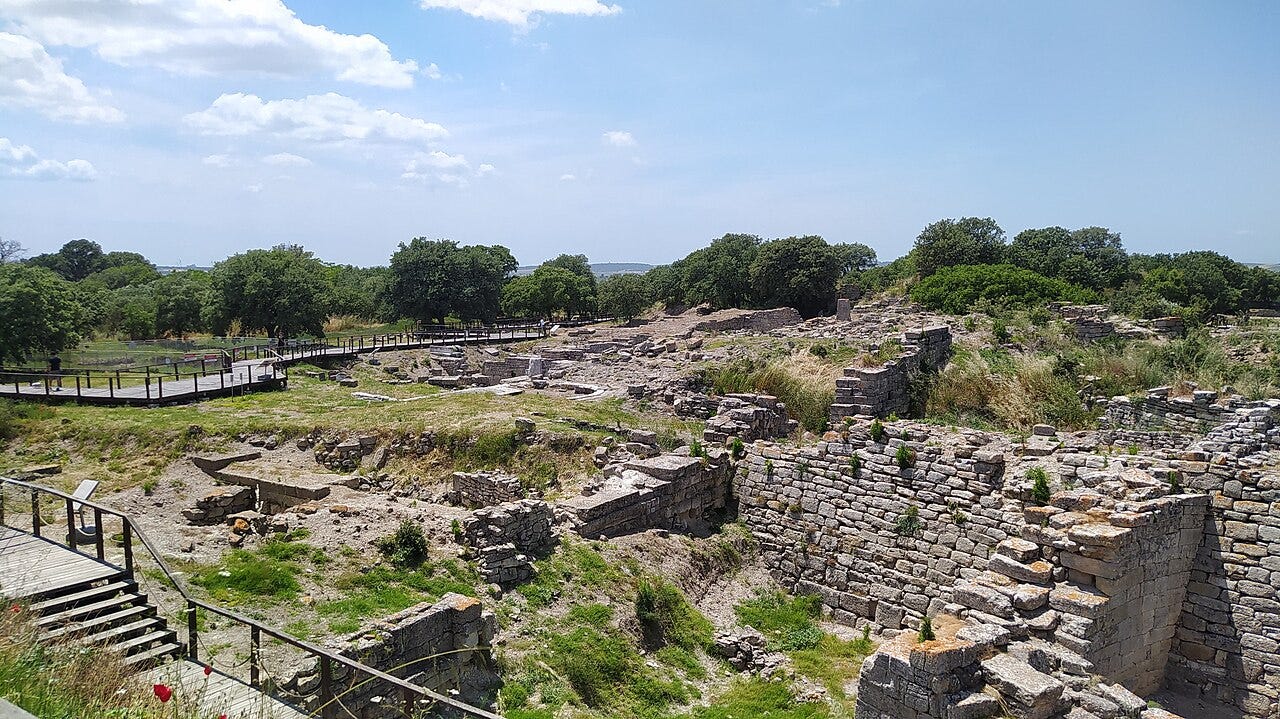
Did Helen Really Exist?
What of the famous Helen? It was her ‘abduction’ that had sparked the events leading to this war. As the saying goes: ‘hers was the face that launched a thousand ships’. But did Helen, or a historical representation of Helen, exist at some point during the Late Bronze Age in the Eastern Mediterranean (circa 1500 to 1200 BC)? Was there a war waged between two superpower nations over a woman? A re-reading of a historical document may lead to some answers. A curious Hittite document may hold some clues to what could have inspired the Helen element. It is referred to as tablet CTH 183. Written in the Hittite language and utilizing the cuneiform script, this letter was commissioned by the Mycenaean Greek king and sent to the Hittite king, most likely Muwatalli II (1295 to 1272 BC). Although being somewhat damaged, what has been deciphered is a dispute between the Mycenaean and Hittite monarchs over the rightful ownership of a group of islands off the Anatolian coast, that had formed a part of a dowry in a previous generation. This is where it gets interesting. It was the then Mycenaean king who mentions his great grandfather, wa-ka-ga-muna-aš (sometimes rendered Kagamuna). Could this be a rendering of the infamous Agamemnon, son of Atreus? The letter continues to mention that the Hittite king’s great-grandfather, Tudhaliya, after defeating and subjugating the rebellious Assuwa (an ancient name for Asia) lands at circa 1400 BC, had given the lands in question to the Mycenaean king as part of a diplomatic marriage to an Assuwan princess. Could this unknown Assuwan princess be the prototype for Homer’s Helen? Could the reason for a Trojan-type war have been the result of land ownership in Western Anatolia? Unfortunately, again there are more questions than answers. When modern scholars attempt to piece this puzzle together what they find is a series of separate events, which could have inspired later storytellers. Some scholars have even concluded that the war did not occur between the Mycenaeans and Trojans but rather between the Mycenaeans and the Hittites over the land where Troy is located. Troy stood at an economic center joining the Eastern and Western worlds and as a gateway between the Mediterranean and Black Seas. Having control over this land would have brought great economic wealth to its rulers. This collection of activities, involving the Mycenaeans would eventually form a single and fluid narrative to be sung by traveling bards such as Homer. The role of the bard was to entertain. Guided by the Muses and taking artistic liberties where necessary, the bard would weave mythology into his story. Remember, it was the mythology that organized historical facts, be it from separate historical eras. Will we ever truly identify a Trojan War? Maybe not, but we do have the pieces to collectively create a series of events that could have inspired such a war.
Featured image: Achilles dragging the dead body of Hector in front of the gates of Troy. Painted by Franz Matsch in 1892. (Public Domain)



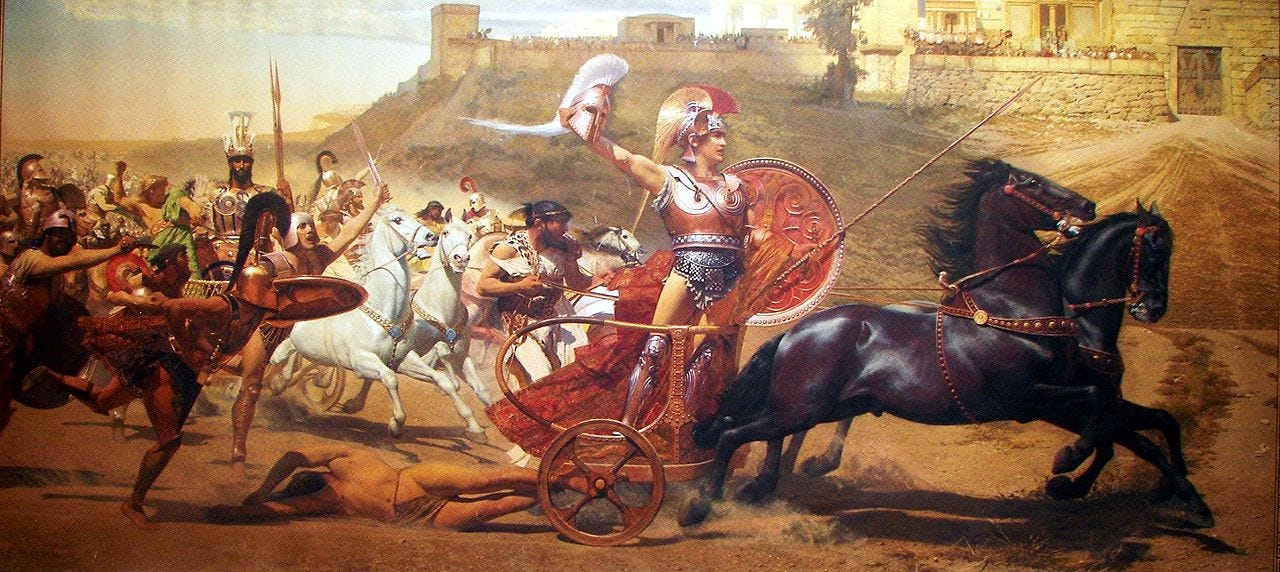
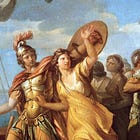
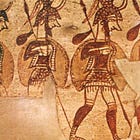

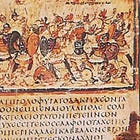
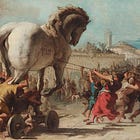

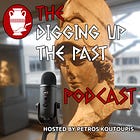
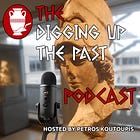
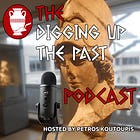

This is a great article, I’ll be sharing it with my Greek and Roman class for our Trojan War week :)
I thoroughly enjoyed this article. packed gull or amazing information.